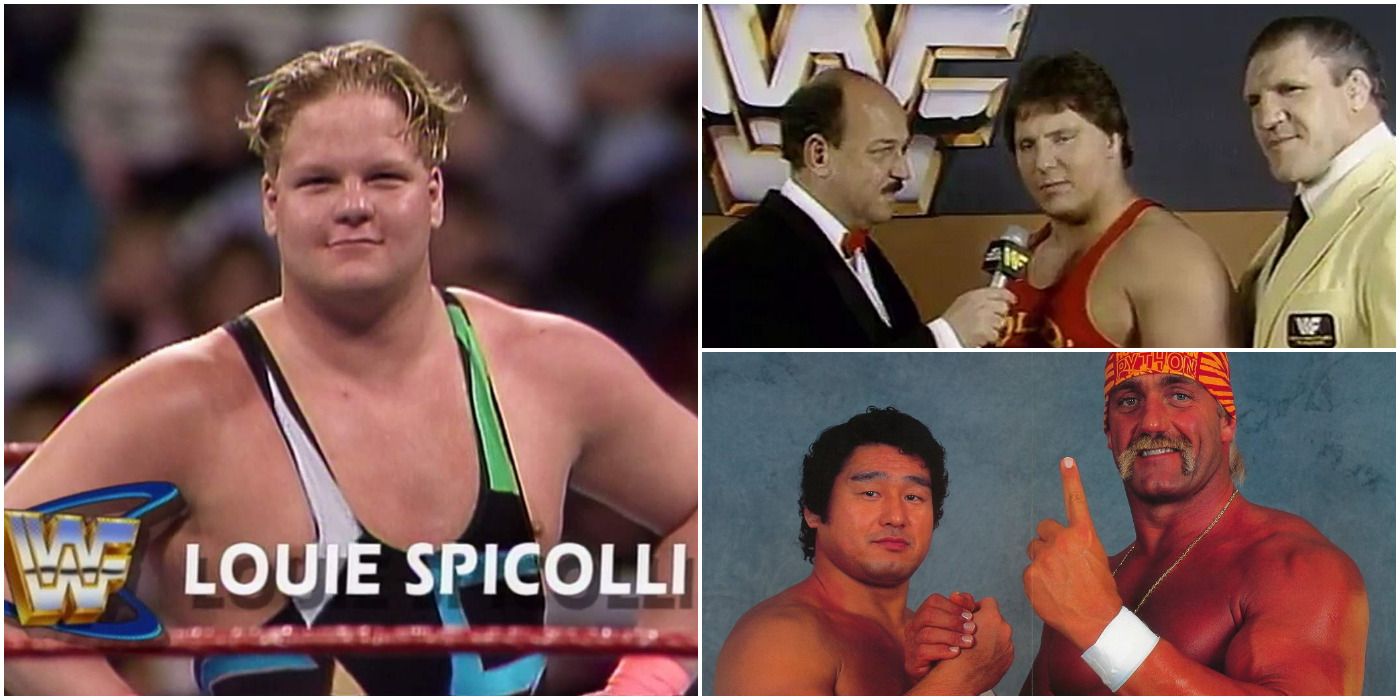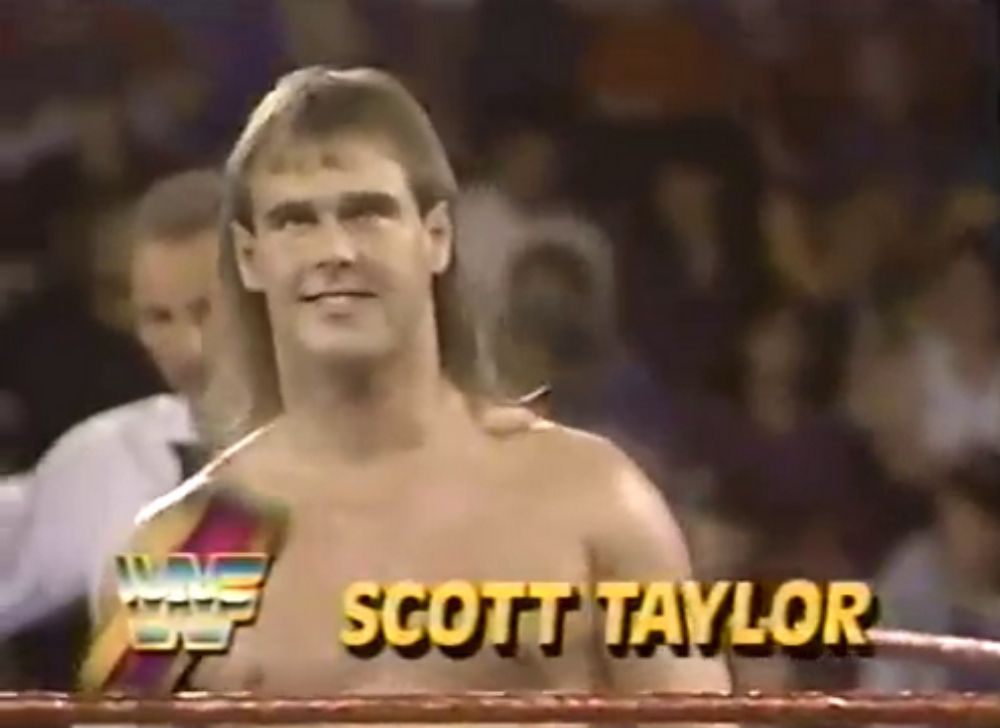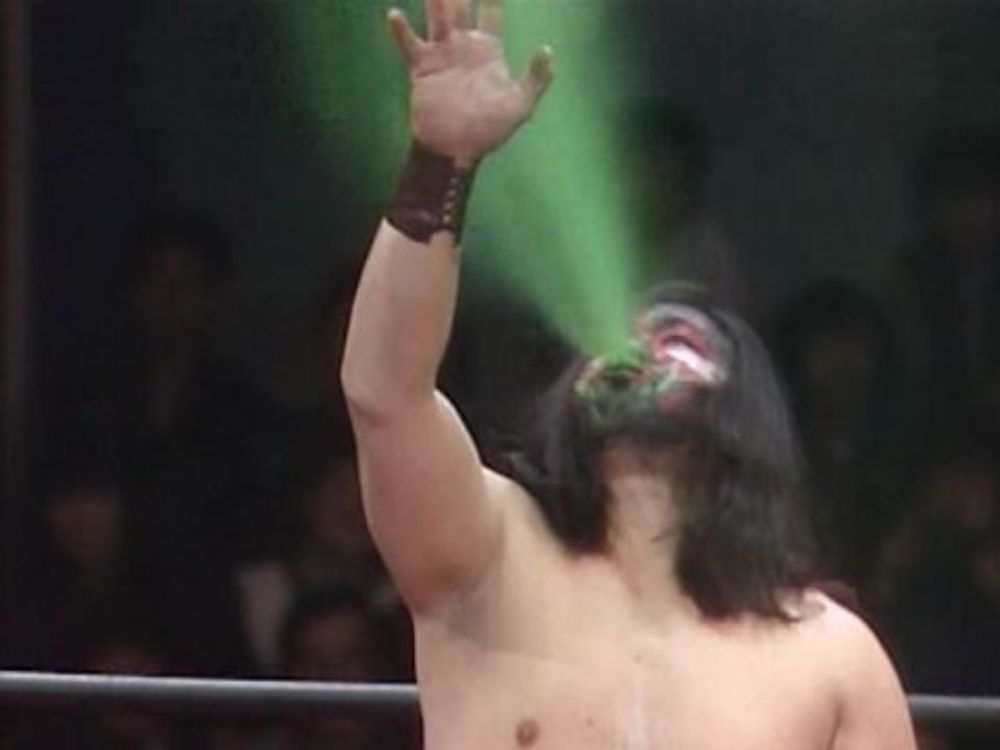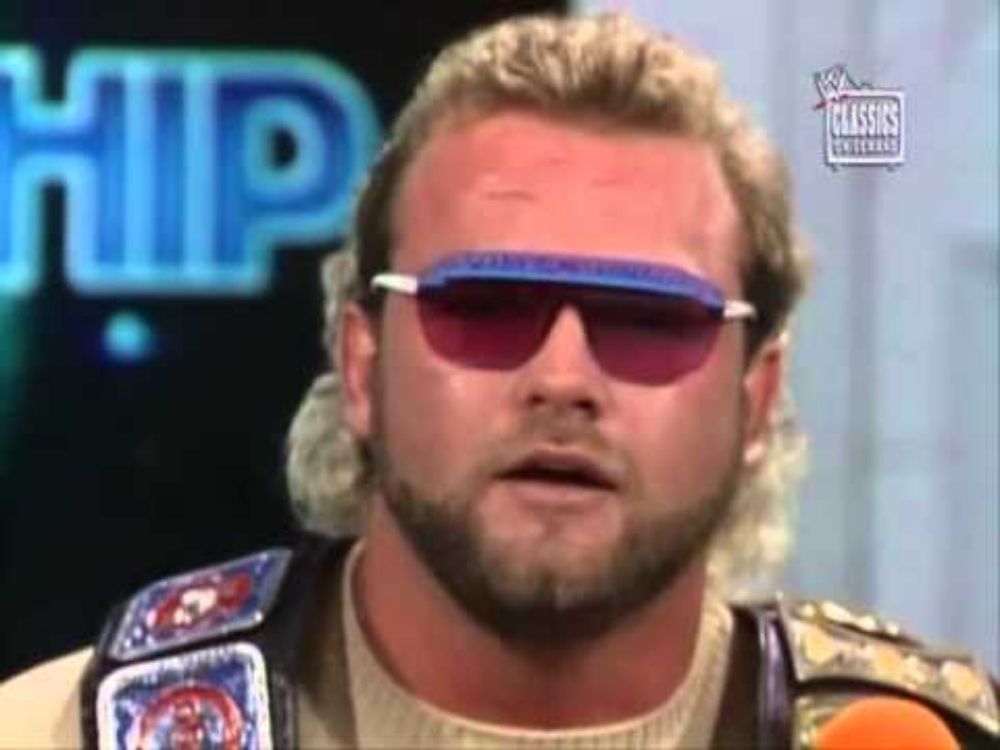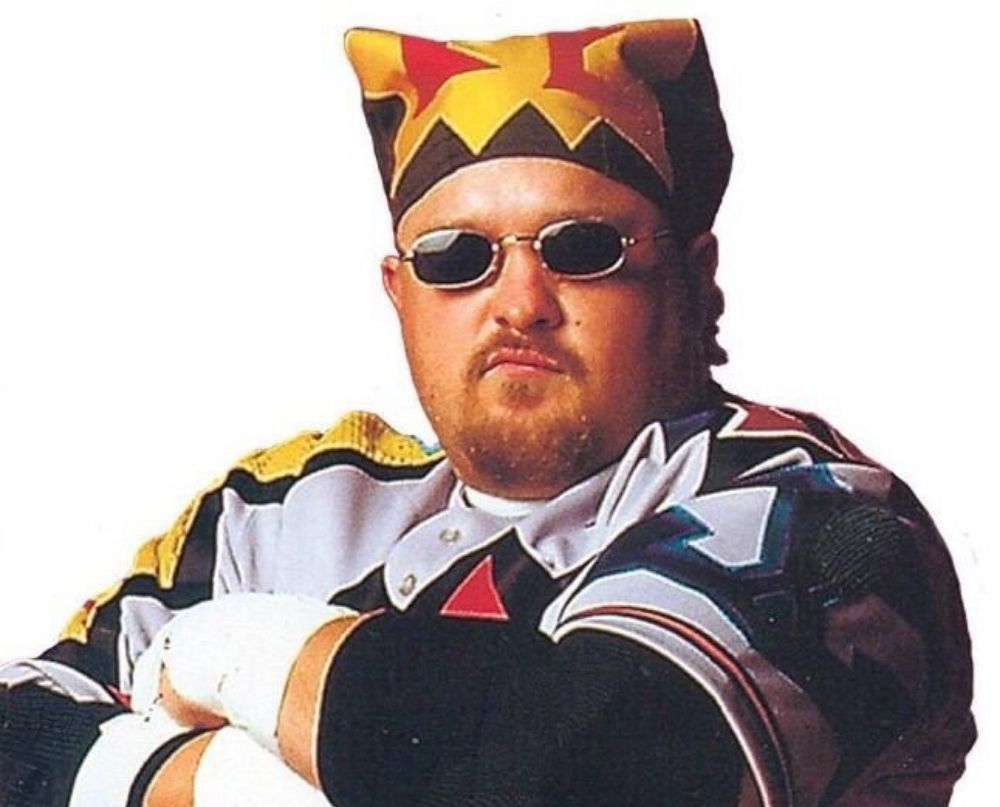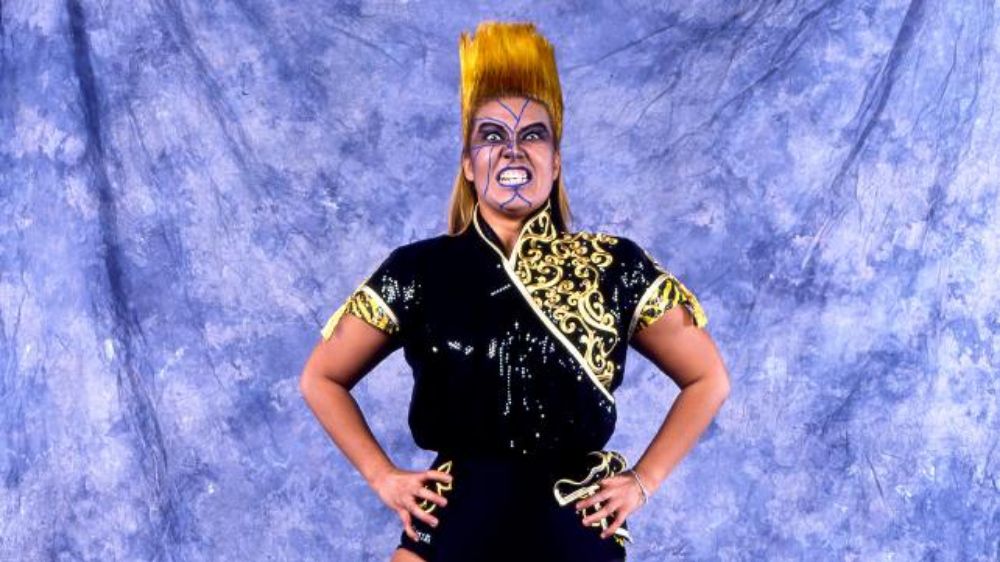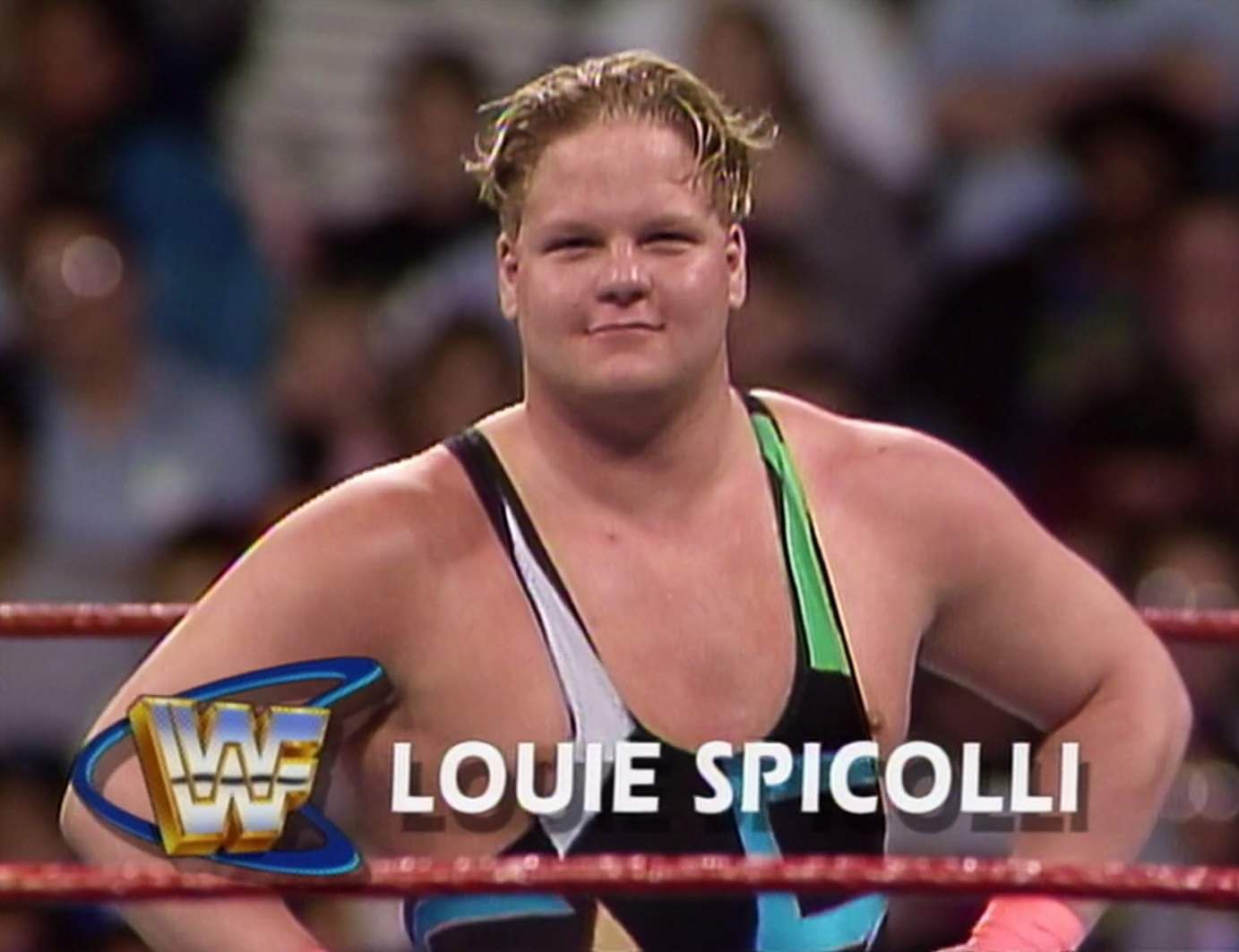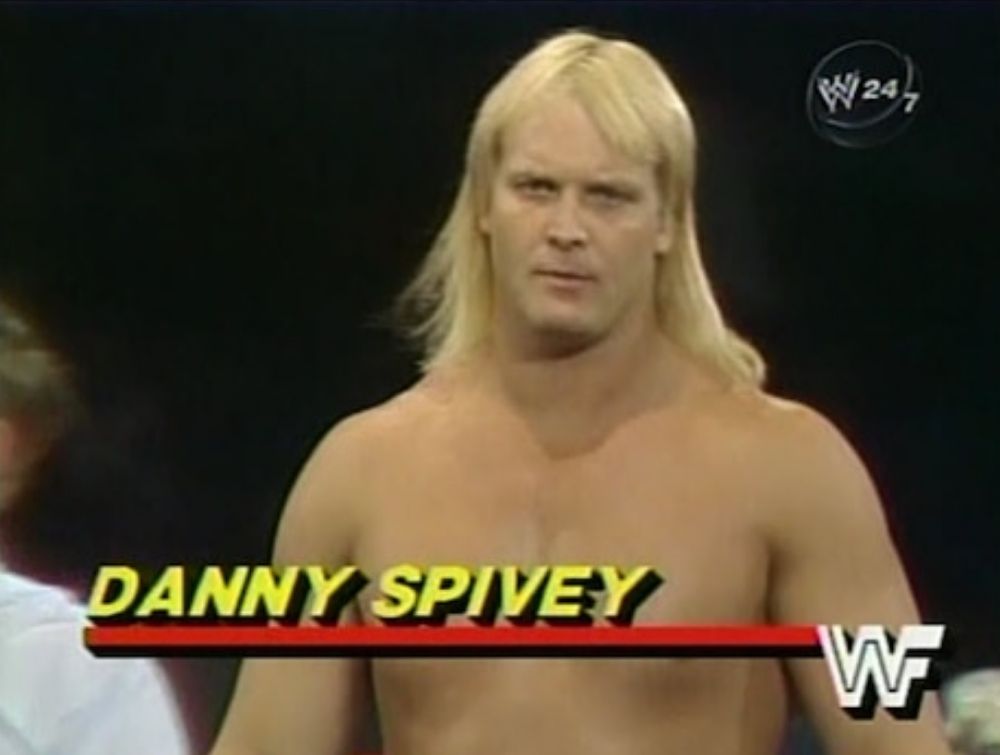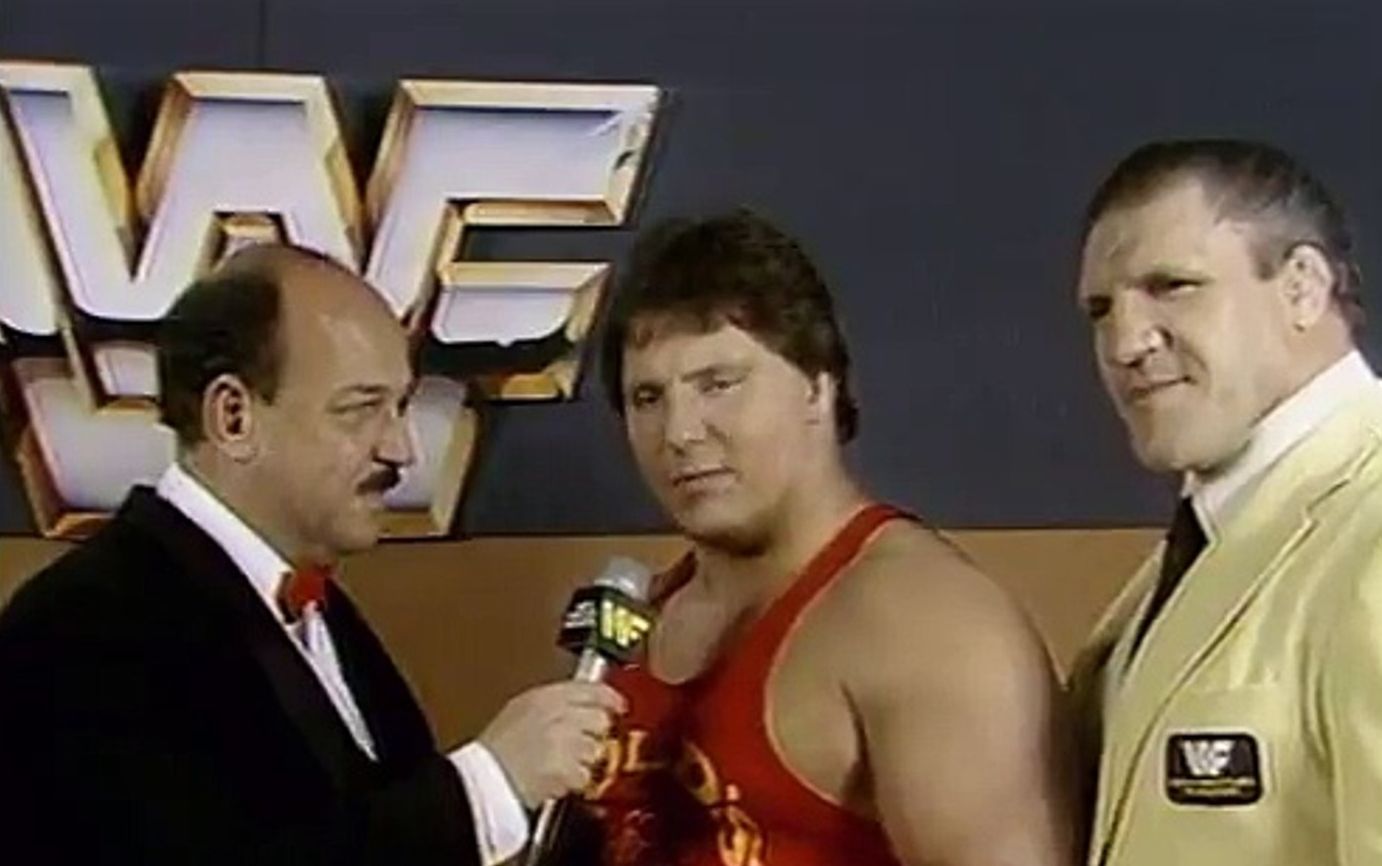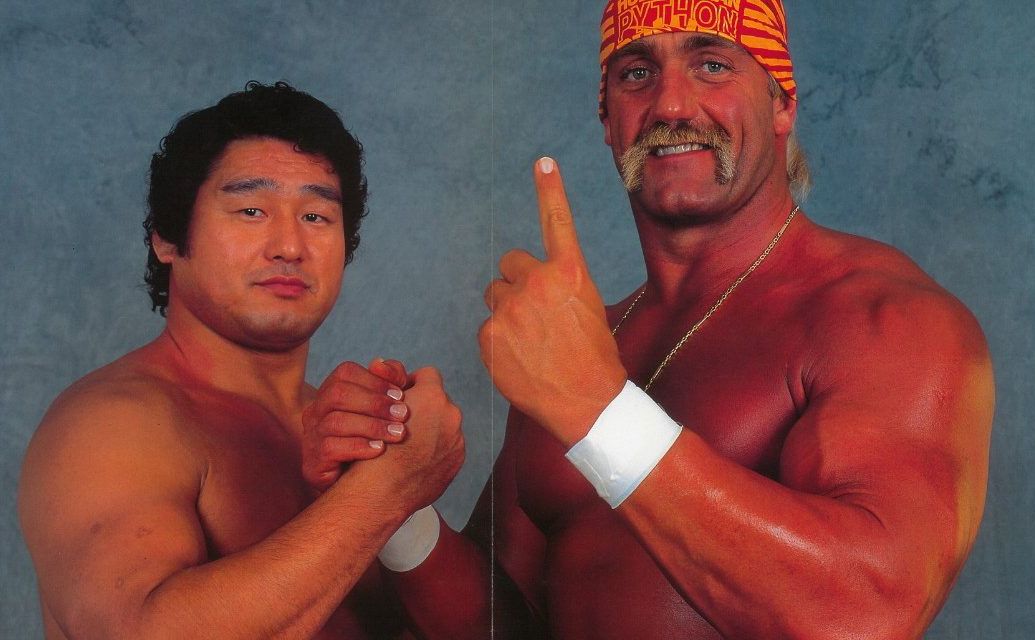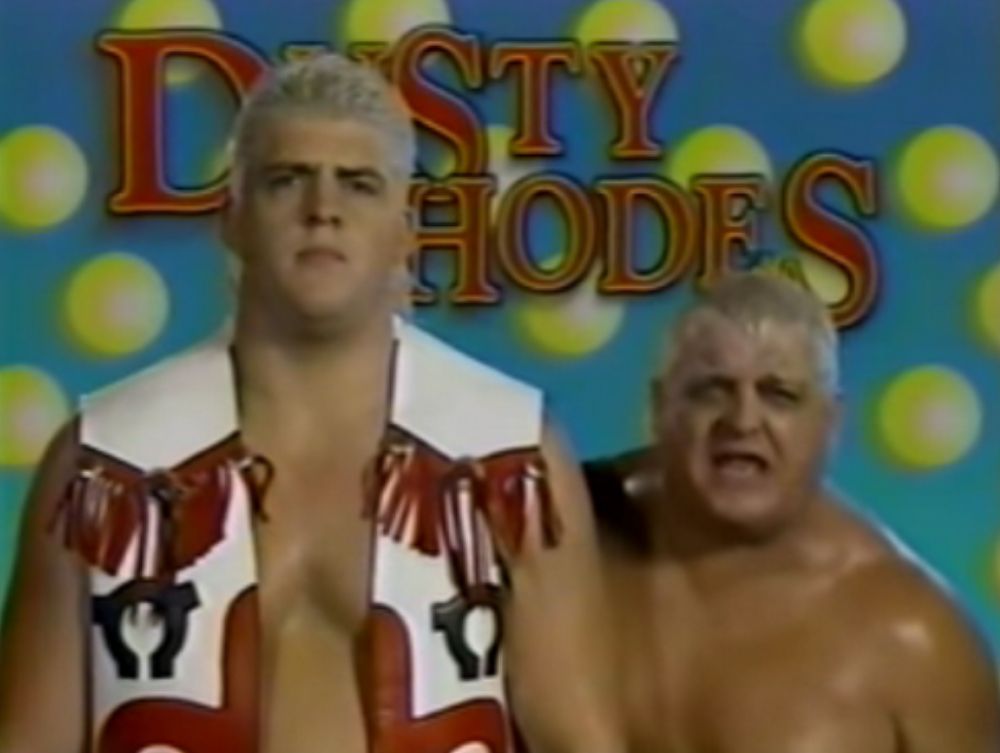The Attitude Era may be WWE’s peak era, but it all started in The Golden Era. Lasting from roughly 1982 to 1993, this period saw WWE go from regional promotion to a national and even global phenomenon, with the company centered around the exploits of top star Hulk Hogan. Along with Hogan, stars of the era included Macho Man Randy Savage, “Rowdy” Roddy Piper, and Andre The Giant, among many others.
But there were also wrestlers who fans have forgotten about, either because they showed up as jobbers or made a one-off appearance that seems surprising in retrospect. Let’s take a look at some of these forgotten Golden Age wrestlers.
10 Scotty 2 Hotty
Scotty 2 Hotty is best remembered for his run in the Attitude Era as part of Too Cool alongside Grandmaster Sexay and Rikishi, but he was actually making somewhat regular appearances for WWE way back in the Golden Era. Going by the ring name Scott Taylor, the future 2 Hotty made his televised debut back in 1991, losing by countout against The Berzerker on an Episode of Superstars. Matches against notables like Kamala, Papa Shango, and Bam Bam Bigelow would follow.
9 The Great Kabuki
Fans wondering who was the first wrestler to spray poison mist in the faces of their opponents can look no further than The Great Kabuki, Japanese legend who wrestled from the 1960s all the way through 2018, most notably for World Class Championship Wrestling in the West. In 1994, Kabuki made his only televised appearance for WWE, coming in at #22 in the Royal Rumble that January. In the Rumble, he helped eliminate Mabel and eventually got thrown out of the ring by Lex Luger.
8 Eddie Gilbert
A charismatic wrestler, talented booker, and originator of the “shoot interview,” “Hot Stuff” Eddie Gilbert made a name for himself in Continental Wrestling Federation, Universal Wrestling Federation, WCW, and early ECW before his untimely death in 1995. But it may surprise fans to find out that he also competed in WWE in the early Golden Era.
Gilbert spent 1982 through 1984 wrestling for WWE, and at one point was presented as Bob Backlund’s protege, but a severe car accident stalled his momentum.
7 Johnny Grunge
Before becoming Johnny Grunge of the four-time ECW Tag Team Championship-winning duo Public Enemy, Mike Durham had a stint wrestling jobber squashes for WWE from 1990 to 1991, losing to big names like Big Boss Man, Ted DiBiase, and Ricky Steamboat. One of his last televised bouts had him challenging The Legion of Doom for the World Tag Team Championship on Wrestling Challenge. On top of that, he actually wrestled a dark match against the masked Cheetah Kid, who would go on to become Grunge’s tag team partner, Rocco Rock.
6 Bull Nakano
Japanese women’s wrestling legend and world champion Bull Nakano had a brief run in the mid-1990s in WWE, during which he beat Alundra Blayze for the Women’s Championship, holding it for over four months. But she also wrestled in the mid-1980s during the Golden Era, back when WWE initially had a Women’s Tag Team Championship. She never challenged for it on televised affairs, but she did show up on WWE TV on two occasions in 1986, teaming with her fellow All Japan Women’s Pro Wrestling wrestler Dump Matsumoto.
5 Louie Spicolli
One of two wrestlers credited with innovating the Death Valley Driver (the other is Etsuko Mita), Louie Spicolli is remembered for his brief runs in ECW and WCW before his untimely death in 1998. Before making a name for himself, Spicolli wrestled surprisingly consistently as a jobber in Golden Era WWE, working as Louie Spicolli from 1988 all the way to 1993. He would return to WWE in 1995 during the New Generation Era, working as the grunge themed Rad Radford.
4 Dan Spivey
Before making a name for himself in WCW and in All Japan Pro Wrestling, Dan Spivey had a stint wrestling in WWE in the mid to late 1980s. Initially paired with Mike Rotundo as The American Express, Spivey was a regular part in the tag team division, enjoying a couple of shots at the Tag Title over the years, including on Saturday Night’s Main Event.
In the subsequent New Generation Era, Spivey would more famously return to WWE in 1995, portraying the character Waylon Mercy, which would go on to inspire Bray Wyatt — ironically, the son of Mike Rotundo.
3 David Sammartino
The son of legendary WWE Champion Bruno Sammartino, David Sammartino’s body of work in the wrestling business is a bit spotty, as the last time he was seen on television was losing to Cruiserweight Champion Dean Malenko in WCW. But he also had a brief but forgettable run in WWE from 1984 to about 1986. Managed by his father — and even tagging with him on occasion — Sammartino’s highest profile match had him wrestling Brutus Beefcake to a double disqualification at the very first WrestleMania.
2 Genichiro Tenryu
In the early 1990s, WWE had a working relationship with the Japanese promotion Super World of Sports, which meant a lot of crossover between the two companies. One of the biggest stars of SWS was former All Japan wrestler Genichiro Tenryu, who appeared on three WWE pay-per-views during the Golden Era. The first would be a tag team match alongside Koji Kitao, defeating Demolition at WrestleMania 7, followed by entries into the Royal Rumble in both 1993 and 1994.
1 Dustin Rhodes
Dustin Rhodes’ firing from WCW in 1995 led to him heading over to WWE and adopting his infamously provocative persona, Goldust, so it’s easy to forget he actually had a stint in WWE before the New Generation Era. From 1990 to early 1991, Dustin followed his father Dusty into WWE, where he wrestled a bunch of televised squashes and beat Ted DiBiase in a “Ten Minute Challenge.” His final televised match would be during Royal Rumble 1991, where he’d team with his dad in a losing effort against Ted DiBiase and Virgil.

